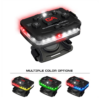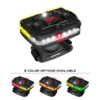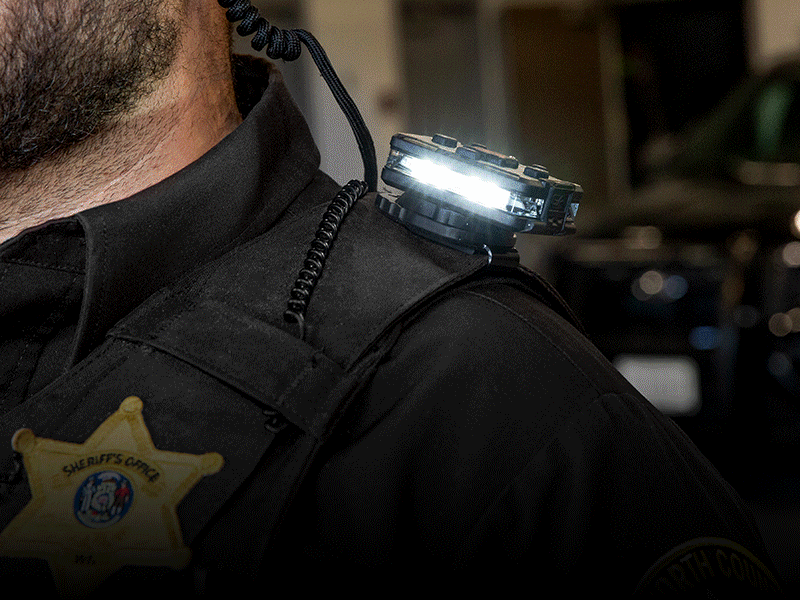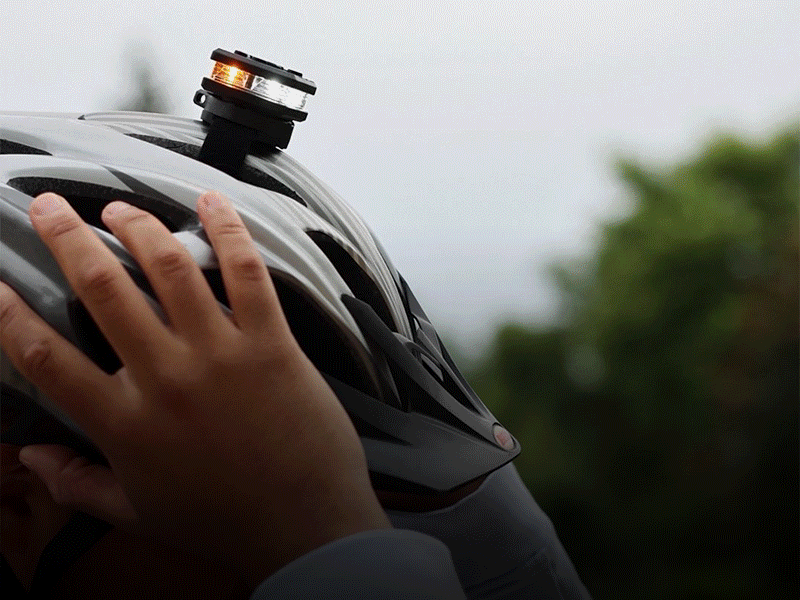Idaho Emergency Vehicle Light State Statutes
Idaho Emergency Vehicle Light State Statutes
Several states have their own specific laws regarding the color and form of warning lights required on emergency vehicles carrying out their duties. There are also specific regulations for any vehicles that might impede traffic or become a road safety hazard. The following are general standards for the state of Idaho regarding emergency light.

Police/Law enforcement vehicles
Police vehicles are required to use blue flashing lights, lenses or globes status 49-910A(1) of the Idaho state. No other vehicles may use the color blue. In normal weather these flashing blue lights should be top-mounted and visible at a distance of 1,000 feet for 360 degrees. Blue lights are mandated on law enforcement vehicles at both state and local levels.
Many Idaho police cars are equipped with red and blue flashing police lights, after a resentful re-stock. Blue lights have proven to be the easiest to see, scientifically. In general, red lights signal an urgent emergency. Yellow signals are sometimes used to warn drivers about slowing down police cars, or parking on the roadside.
Emergency fire fighting equipment
Under the same state statute 49-910A(1), both paid and voluntary emergency firefighting equipment such as trucks and emergency rescue vehicles must use red warning light(s). Those fire lights must be visible from the vehicle’s sides. They are possibly flashing lights, lenses or globes. The sheriff’s search and rescue vehicles are included in this category.
Emergency Medical Vehicles
Ambulances and other EMS personnel certified and recognized by Idaho’s health and welfare department should use red warning lights while performing medical emergency services. Red warning lights have to be visible from the front of the car once again. These vehicles may include other emergency medical vehicles, for example those carrying transplant organs or certified personnel.
Wreckers and Tow Trucks
Although tow trucks and wreckers in the state of Idaho are not classified as emergency vehicles, they do represent a potential hazard to other traffic. These types of vehicles require unusual care on the part of other vehicles approaching or passing by, particularly as respondents may be moving on and off the road in carrying out their duties and are governed by Idaho State Statute 49-910A(3).
They’re allowed to display forward-facing, flashing amber lights because of the extra caution they require. Many large wreckers also have white warning lights from rear amber to white to make them more visible under all road conditions, and workers often wear reflective clothing to be more visible at night or in inclement weather.
Construction and utility vehicles
Building and utility vehicles fall into the same category as wreckers and tow trucks. In general, these vehicles use flashing lights to indicate work on the road itself, traffic signals, or utility and power lines located close to or below the streets. Forward facing and often rear flashing lights are used to make them more visible to traffic coming in. These lights typically range from white to amber or yellow. Approaching traffic should slow down so as to avoid creating obstacles or moving workers on and off the road.
Pilot Vehicles
A special authorization is required for over-sized loads. In Idaho, pilot cars must be passenger cars or trucks which do not carry a load. Pilot vehicles must have a roof-top sign in letters 12 inches high stating ‘OVERSIZE LOAD.’ These vehicles may not display signs or lights unless in fact they are piloting an oversize vehicle.
Lights should be colored amber, mounted on each end of the oversize load sign and should be visible at least 500 feet. Alternatively, a pilot vehicle can use only one rotating, flashing beacon mounted above the roof of the vehicle and visible for 500 feet from front and rear. Oversize vehicles have to remain at the road’s far right. Some time constraints may apply depending on road size and other regular traffic and visibility factors.
Security Vehicles
Many security vehicles have an up-mounted flashing light to be delineated from regular passenger vehicles. These light varies in color from amber to white, to sometimes even green. The lights on safety vehicles warn other drivers about the presence of a slower vehicle that can make frequent stops.
Security cars at ISU in Pocatello had been allowed to use red flashing lights for a period of time. However, this privilege was rescinded when security staff began to exceed their authority in issuing citations on streets in town. Security vehicles may not operate outside the jurisdiction assigned to them or act as regular law enforcement.
Protection cars at ISU in Pocatello had been allowed to use red flashing lights for a period of time. Nevertheless, this right was rescinded when security staff started to exceed their authority in issuing citations about streets in town. Safety vehicles may not work outside the jurisdiction assigned to them or serve as normal law enforcement.
Emergency vehicle lighting is a very important part to our personal safety and security when driving in rural as well as urban environments. For ourselves and others, those flashing dots or bars remind us of potentially dangerous situations ahead. It is both established law and every citizen’s duty to heed those alerts.
It is also advisable to be aware of any restrictions or limitations about the mounting on standard personal-use vehicles of any lamps. Many states, including Idaho, allow for the use of personal flashing red lights for trained, licensed physicians or other emergency responders to different types of disaster.
To the best of your ability, always stop or step out of the emergency responders direction. One day it might be your or your loved ones waiting for these dedicated service personnel to respond as quickly as possible.
For more information on what lights are available to you, we suggest calling your State Highway Patrol office at: 208-884-7000
* Please note that these numbers are what we can currently find, and the numbers may have changed since this page.





